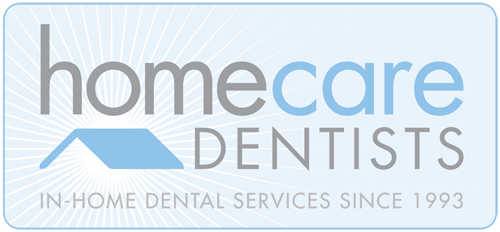Caretakers
THE ORAL-SYSTEMIC CONNECTION
The oral –systemic connection has received a lot of press recently. I was able to attend a course at the 2006 Las Vegas ADA meeting with many of the top clinicians and researchers in this field of research, including Daniel Malamud, MA, PhD. and Michael Glick, DMD, who is also the editor of JADA. His statement that follows sums up where we are today in understanding this link: “We are entering an era of medical awareness and understanding in which all health care providers need to shoulder the responsibility for a patient’s medical health. We have defined and redefined where the boundaries lie for oral health care providers in the field of medicine. It is clear that the mouth is an integral part of the body, that oral infections have systemic implications, that treatment of oral and systemic conditions has a reciprocal impact, that we have the potential to screen and monitor medical diseases and conditions, and that we provide care for patients who have chronic and sometimes complex illnesses.”
The most substantiated links are between periodontitis and pre-term birth, diabetes, coronary artery disease (CAD) and cerebrovascular disease (stroke). In fact, the link has shown to be so strong that insurance companies are no longer looking at dental and medical benefits as separate entities. A two-year study by Aetna and the Columbia University College of Dental Medicine showed that early periodontal treatment reduced overall medical-care costs by 9% for diabetes, 16% for CAD and 11% for stroke. Another study in the Journal of Periodontology found that early treatment with scaling and root planing reduced pre-term births by an astonishing 84%! These studies prompted Aetna, Cigna, BC/BS of Michigan, and Washington Dental Services (Delta), among others, to offer additional periodontal treatment to patients who are pregnant, diabetic, or have CAD or risk factors for these diseases. Some also pay for the use of antimicrobial mouth rinses that reduce the microbial load.
In addition, we have all probably seen the study that linked aspiration of oral bacteria to pneumonia. It showed that 100% of the nursing-home patients admitted to a hospital that developed pneumonia had the causative organism in their own oral bacteria prior to the infection! Another concern is the increase in MRSA (methecillin resistant Staph aureus) incidence in oral fluid as this is one of the main respiratory pathogens that cause aspiration pneumonia. S. aureus is also one of the more common bacteria related to endocarditis. This link also extends to aspiration of Candida albicans (yeast) which is fungal.
We have to remember that not only teeth and tissue harbor these pathogens but also oral appliances like night guards, removable orthodontics, and dentures. This is primarily on the outside of the acrylic but can also become integrated into the acrylic. I have had a number of patients who had recurrent yeast infections that would not cease until the dentures were cleaned, the denture was re-based or even a new denture made.
The evidence is stacking up now that will convince even the most skeptical observer on the oral-systemic disease link. We can greatly reduce the detrimental effects of periodontal disease and oral pathogens by treating the source of the problem with denture cleanings, additional scalings, more frequent recalls, education of patient, family and caregivers, and antimicrobial mouth rinses. I believe that our efforts will reward the patient with improved overall health and a better quality of life.
